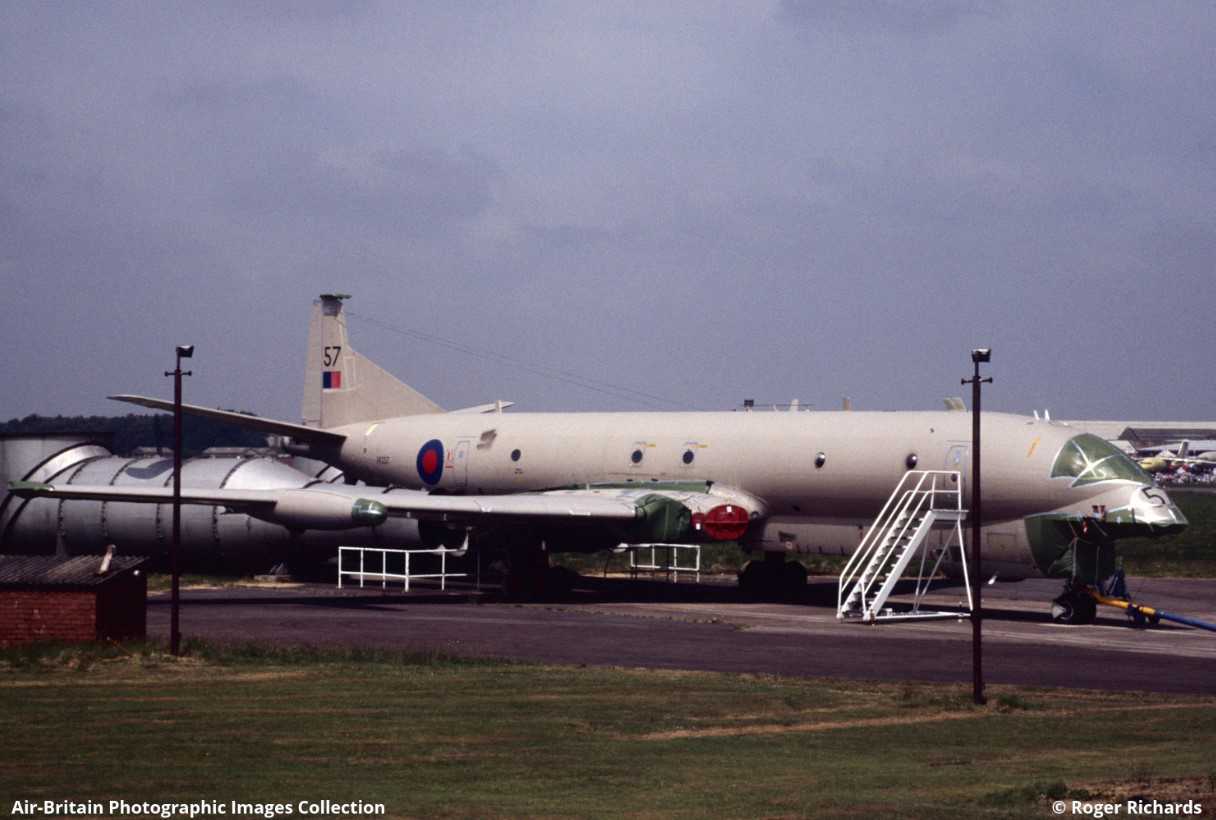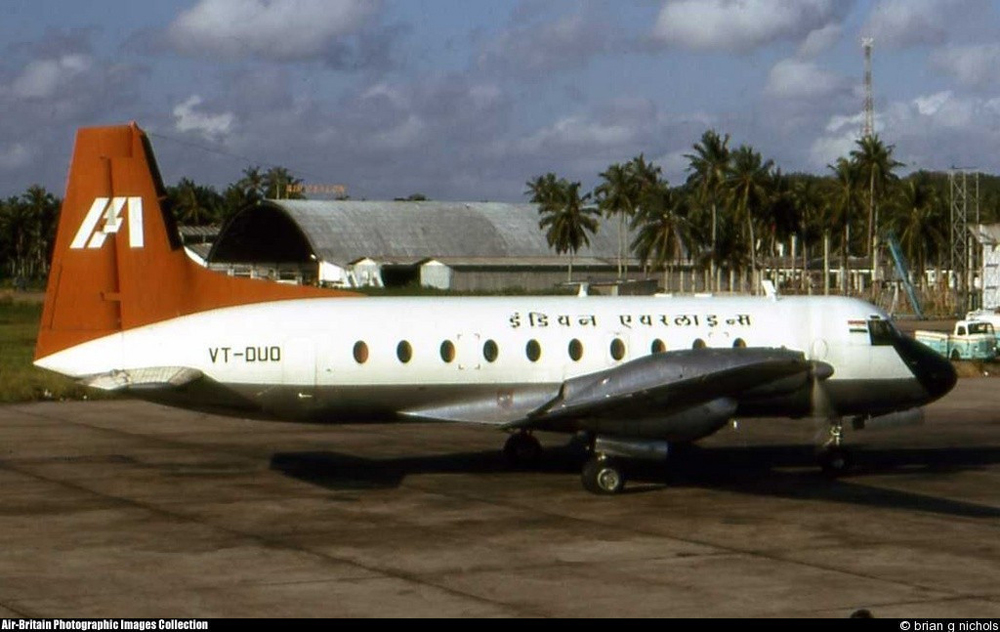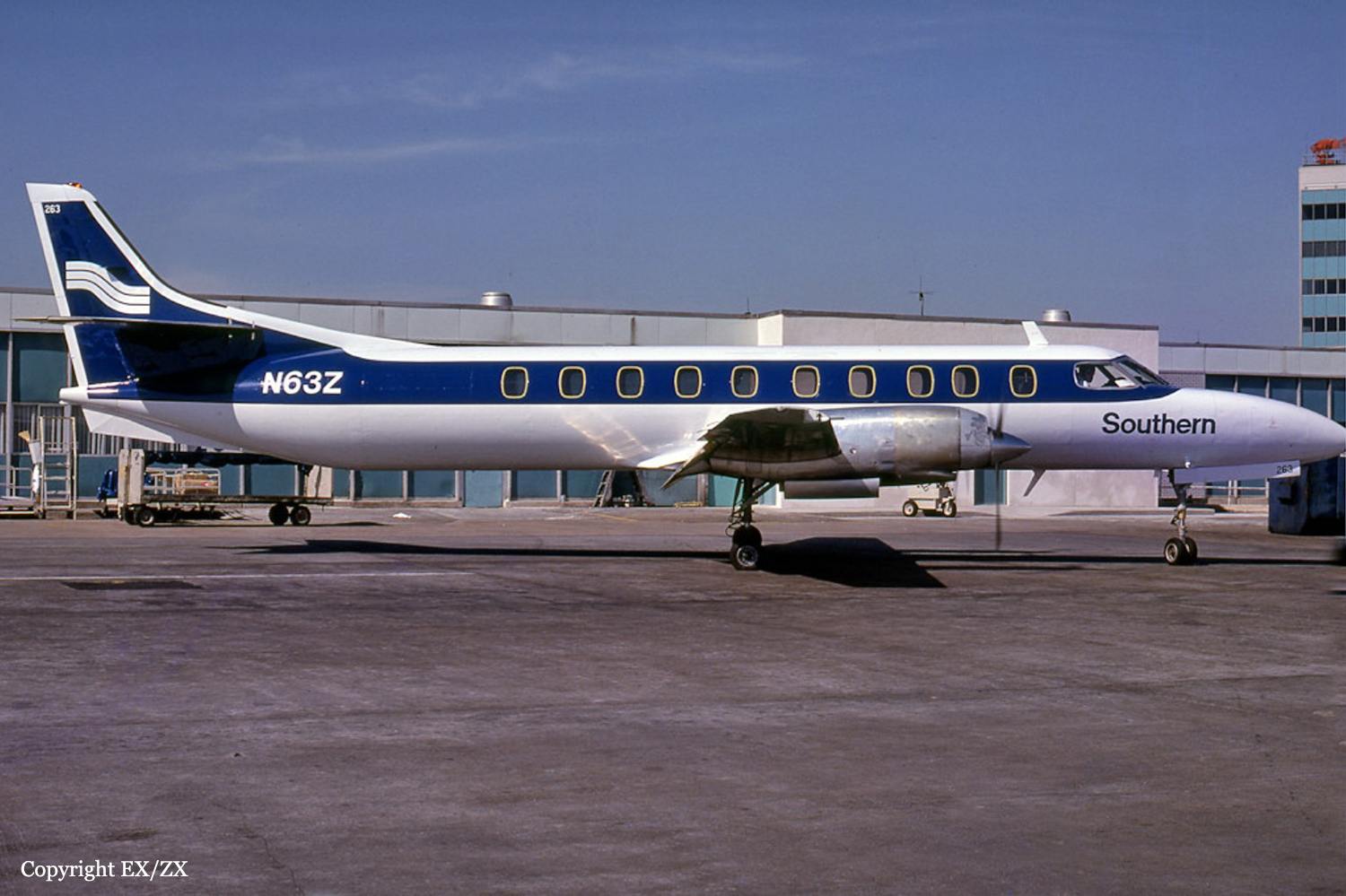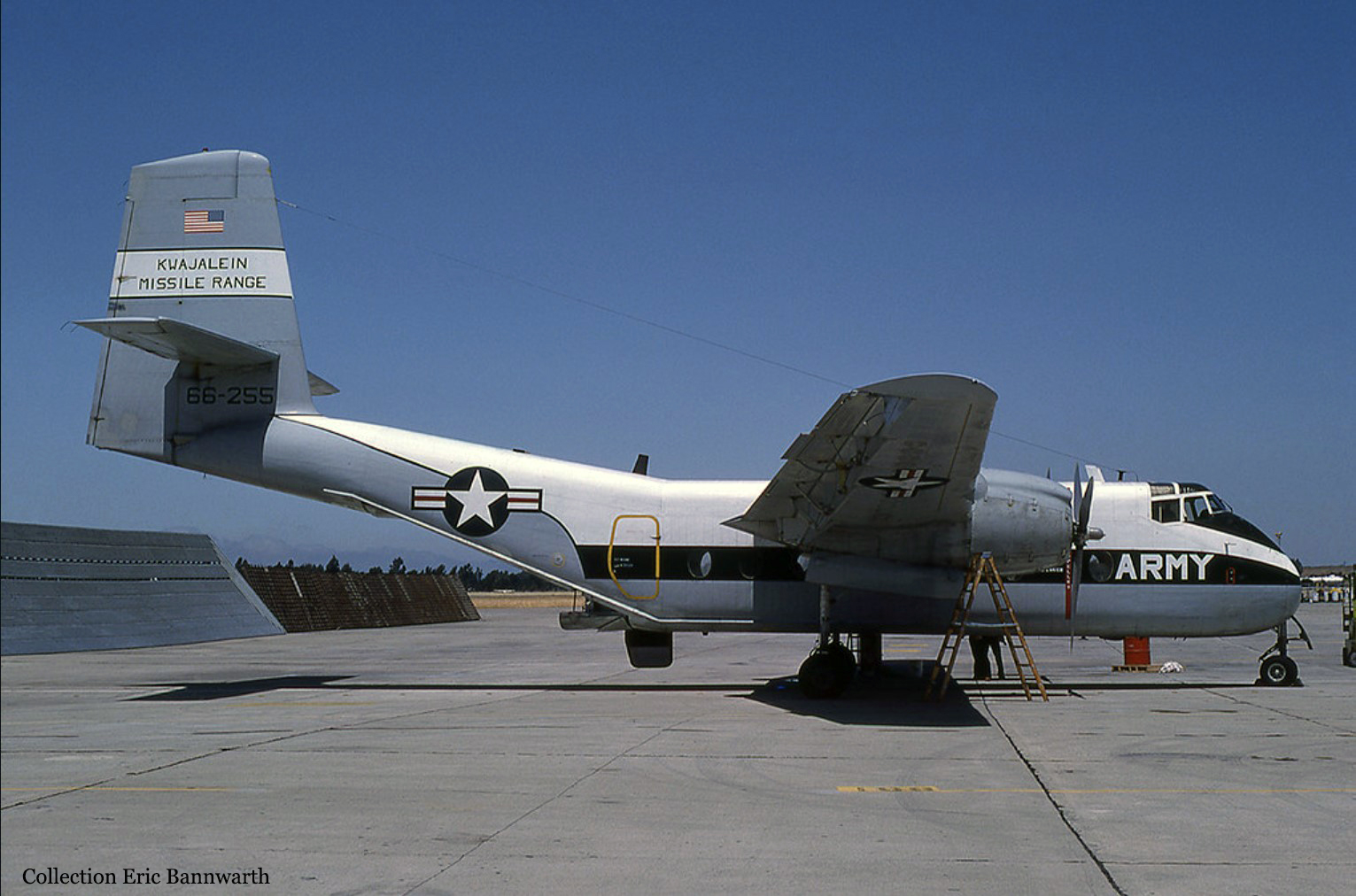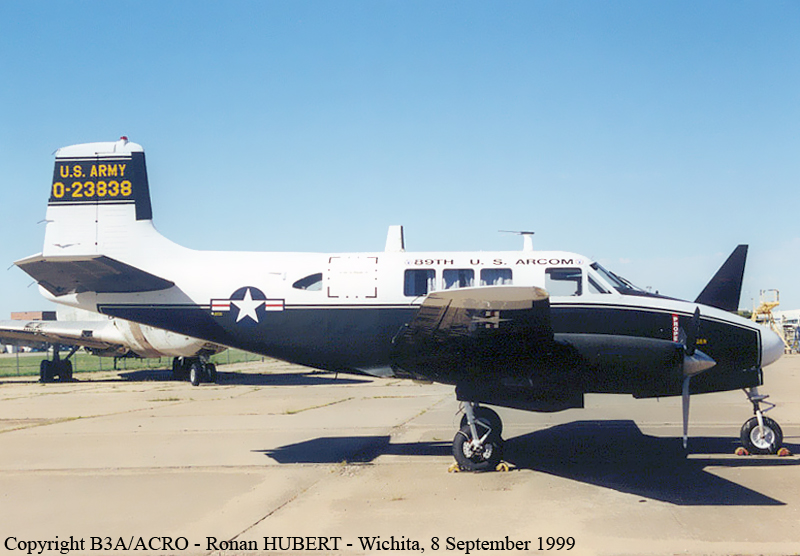Crash of a Britten-Norman BN-2A-8 Islander in Ajaccio
Date & Time:
Jun 23, 1984
Registration:
F-BVTD
Survivors:
Yes
Schedule:
Ajaccio - Ajaccio
MSN:
710
YOM:
1974
Crew on board:
2
Crew fatalities:
Pax on board:
0
Pax fatalities:
Other fatalities:
Total fatalities:
0
Circumstances:
The crew was completing a local training flight at Ajaccio-Campo dell’Oro Airport, simulating engine failure. In unclear circumstances, the pilot lost control of the aircraft that crashed near the airport. Both occupants were injured and the aircraft was destroyed.


